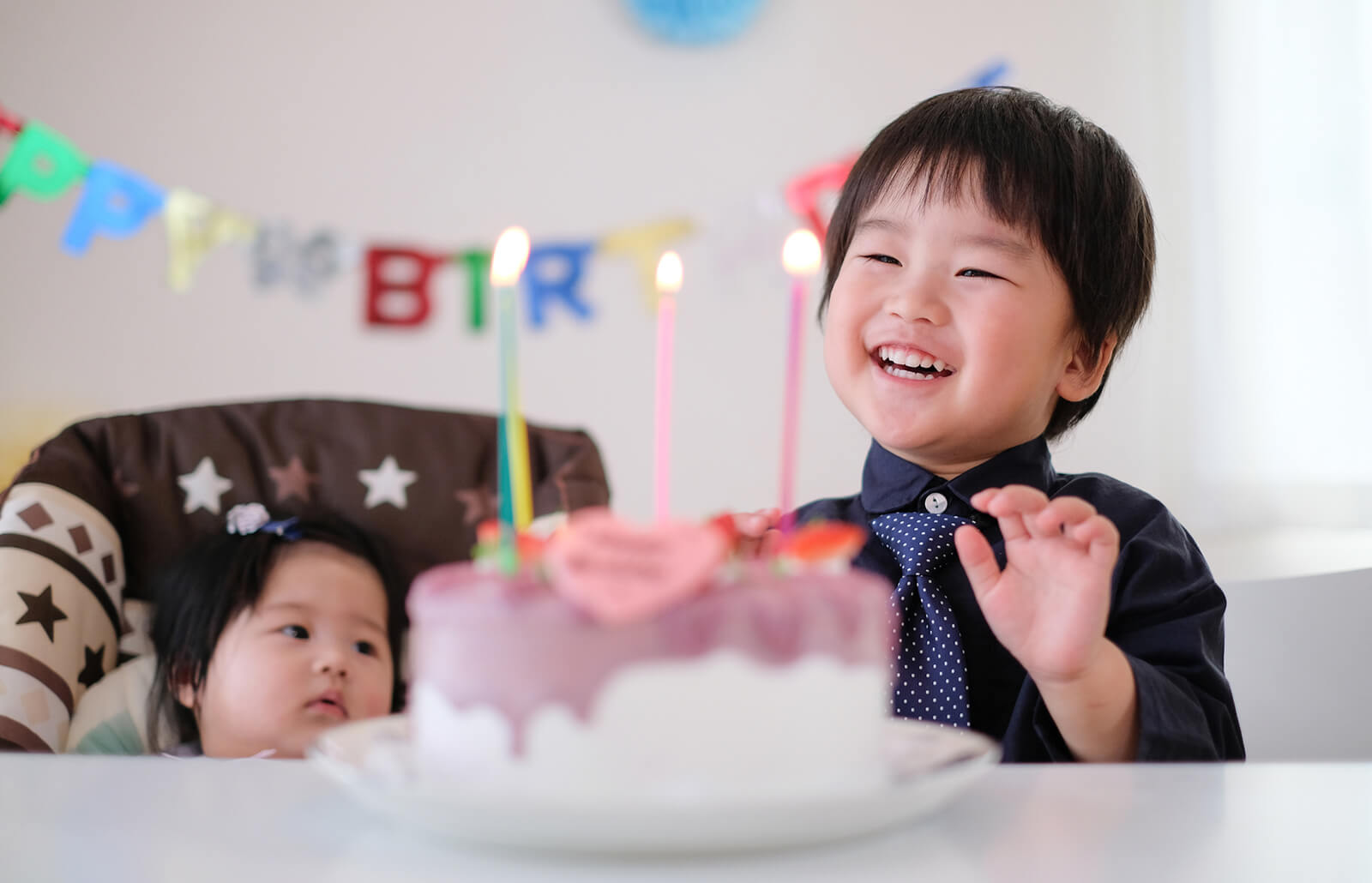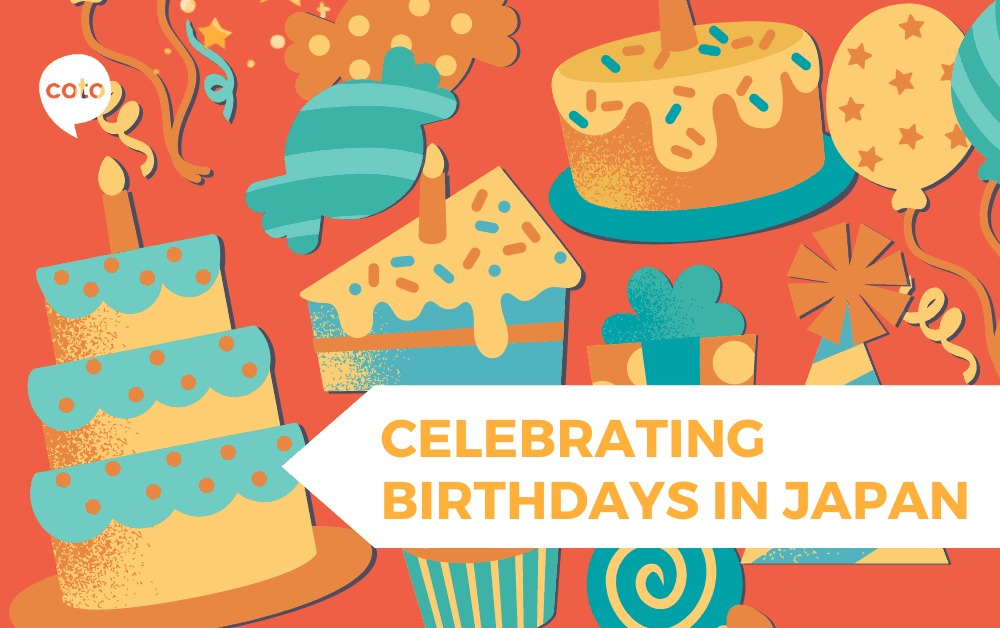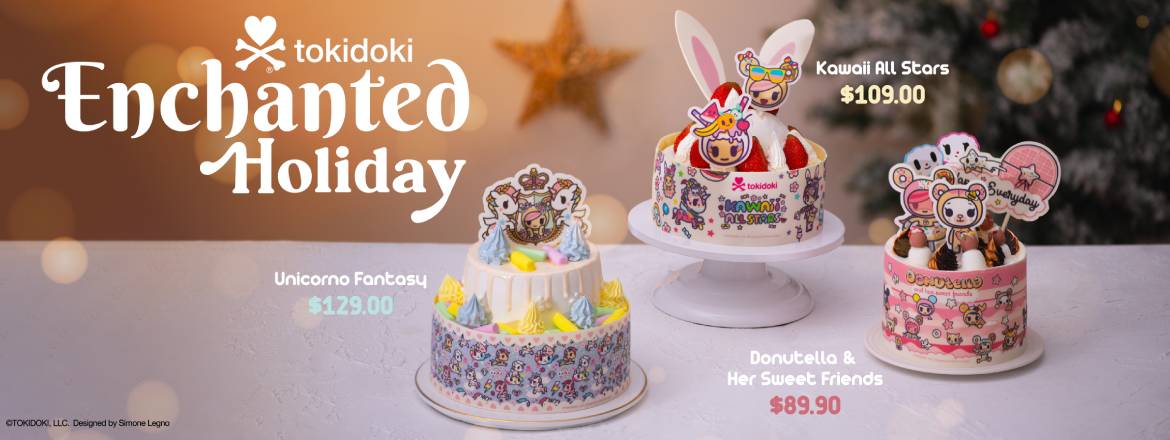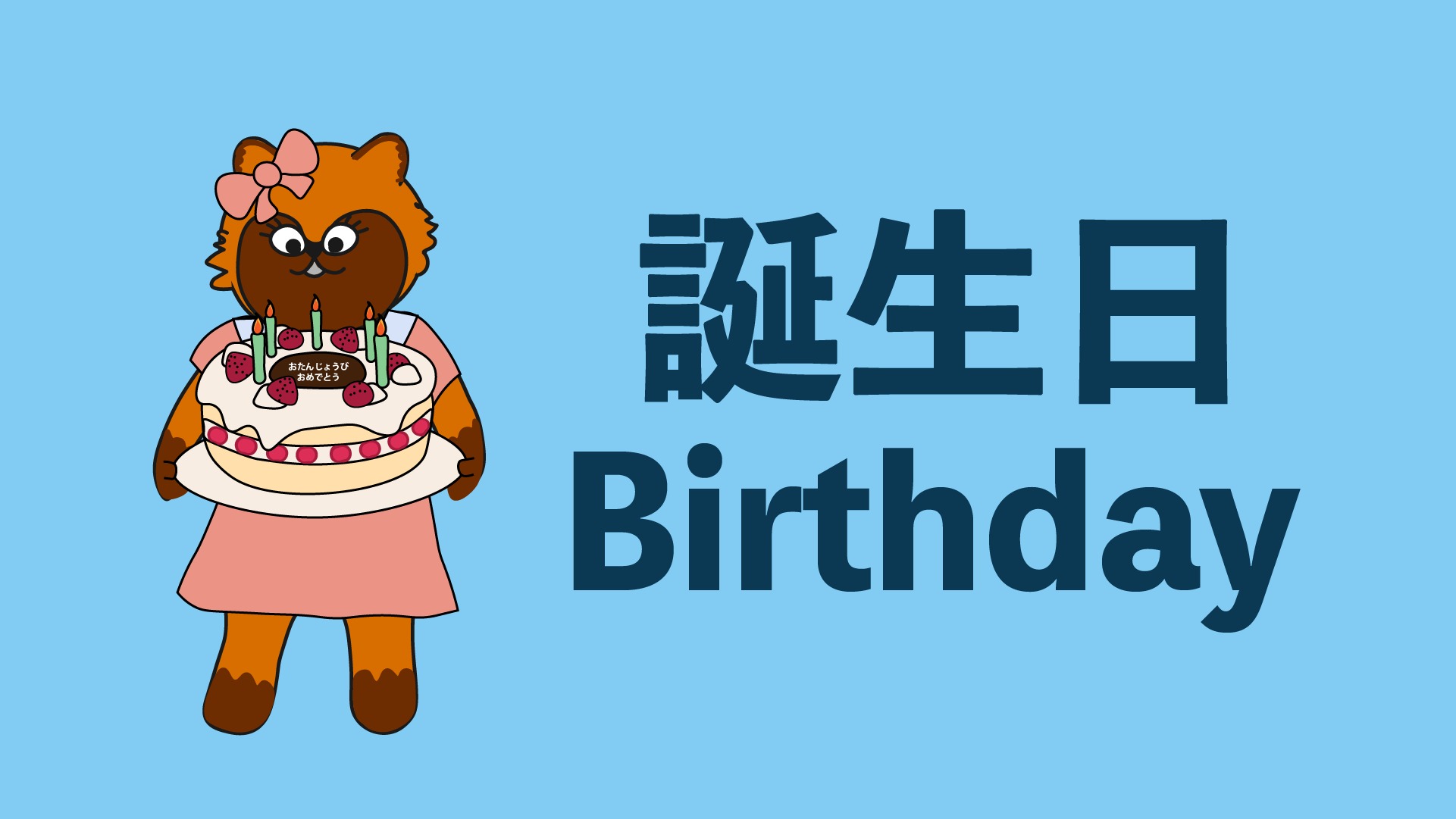Ah, the land of the rising sun – where cherry blossoms bloom, sushi reigns supreme, and birthday celebrations are a true work of art. As a cultural research expert and a proficient writer, I’m thrilled to unravel the fascinating tapestry of Japanese birthday traditions for you. Prepare to be dazzled by the perfect blend of ancient customs and modern flair, where even the most mundane birthdays are transformed into unforgettable extravaganzas.
Discovering the Delightful Diversity of Japanese Birthday Traditions

The Importance of Age in Japanese Birthday Celebrations
In the captivating world of Japanese culture, age is not just a number – it’s a badge of honor, a testament to one’s journey through life. And when it comes to birthdays, this reverence for age is on full display. Unlike the Western tradition of celebrating one’s birth year after year, the Japanese focus on milestone ages, such as the celebrated “Coming of Age Day” (Seijin no Hi) at 20 years old. These landmark birthdays are marked with grand festivities, lavish ceremonies, and a deep sense of respect for the birthday celebrant’s growth and maturity.

The Symbolism of Colors and Shapes
Japanese birthday traditions are a veritable feast for the senses, with colors and shapes playing a pivotal role in the festivities. The color red, associated with luck and prosperity, is a ubiquitous presence, from the decorations to the traditional clothing worn by the birthday honoree. Circular shapes, such as the iconic monaka (a sweet wafer sandwich), are also highly symbolic, representing unity, completeness, and the cyclical nature of life.

Delectable Delights: Japanese Birthday Cakes and Confections
No Japanese birthday celebration would be complete without a delectable array of sugary delights. From the intricate and visually stunning Japanese birthday cakes to the delicate and delightful traditional confections, the culinary offerings are a true work of art. Imagine a towering cake adorned with delicate cherry blossoms, or a tray of mochi balls in vibrant hues – these edible masterpieces are not just for satisfying the taste buds, but for captivating the eyes and warming the heart.
Rituals and Traditions: Honoring the Past, Embracing the Future
The Japanese birthday celebration is a tapestry of ancient rituals and modern traditions, seamlessly woven together to create a truly unique experience. From the ceremonial cutting of the birthday cake to the reverential gift-giving, each element holds deep significance and symbolism. And let’s not forget the iconic “candle-blowing” moment, where the birthday celebrant makes a wish and blows out the candles in a single breath, symbolizing their vitality and the family’s collective hopes for their continued well-being.

The Importance of Family and Community
At the heart of Japanese birthday traditions lies a profound respect for family and community. These celebrations are not just about the individual; they are a time for the entire clan to gather, reconnect, and strengthen the bonds that tie them together. Grandparents, parents, siblings, and even distant relatives come together to honor the birthday celebrant, sharing stories, passing down traditions, and creating lasting memories that will be cherished for years to come.
Embracing Modernity: The Evolution of Japanese Birthday Celebrations
While the core of Japanese birthday traditions remains firmly rooted in the country’s rich cultural heritage, the modern era has brought about some fascinating adaptations and innovations. Some families may incorporate Western-style elements, such as party games and photo booths, while still maintaining the essence of their cultural identity. This blending of old and new has created a vibrant and dynamic celebration that reflects the adaptability and creativity of the Japanese people.
Conclusion: A Delightful Tapestry of Tradition and Transformation
As we delve into the captivating world of Japanese birthday traditions, we are reminded of the enduring power of culture, the importance of honoring one’s roots, and the joy that can be found in the simple act of gathering together to celebrate the gift of life. From the symbolic significance of colors and shapes to the mouthwatering culinary delights, these celebrations epitomize the rich heritage and the modern dynamism of the Japanese people. So, the next time you encounter a Japanese birthday party, be sure to immerse yourself in the warmth, the laughter, and the timeless traditions that make it a truly unforgettable experience.
FAQs
Why is the color red so prominent in Japanese birthday celebrations?
The color red is deeply revered in Japanese culture for its association with luck, prosperity, and good fortune. In birthday celebrations, the use of red symbolizes the desire to bring the birthday celebrant good luck and a bright future. From decorations to traditional clothing, the vibrant red hue is a hallmark of these joyous occasions.
What is the significance of the “monaka” in Japanese birthday traditions?
The monaka, a delicate wafer sandwich filled with sweet bean paste, is a beloved confection in Japanese birthday celebrations. The circular shape of the monaka represents unity, completeness, and the cyclical nature of life. Serving and sharing this delicious treat during the birthday festivities is believed to bring the celebrant and their loved ones closer together.
How do Japanese families honor the milestone ages in their birthday celebrations?
In Japanese culture, certain ages are considered particularly significant, such as the “Coming of Age Day” at 20 years old. These milestone birthdays are marked with grand celebrations, often including formal ceremonies, traditional attire, and the participation of the wider community. The reverence for age and the recognition of personal growth are central to these special birthday festivities.
What role do elders play in Japanese birthday celebrations?
Elders hold a revered position in Japanese society, and their presence is integral to birthday celebrations. Grandparents and other senior family members are often tasked with imparting wisdom, sharing family stories, and bestowing blessings upon the birthday celebrant. Their participation helps to maintain the intergenerational connection and ensures the continuity of cultural traditions.
How have Japanese birthday celebrations adapted to modern influences?
While the core of Japanese birthday traditions remains firmly rooted in cultural heritage, the modern era has brought about some fascinating adaptations and innovations. Some families may incorporate Western-style elements, such as party games and photo booths, while still maintaining the essence of their cultural identity. This blending of old and new has created a vibrant and dynamic celebration that reflects the adaptability and creativity of the Japanese people.





